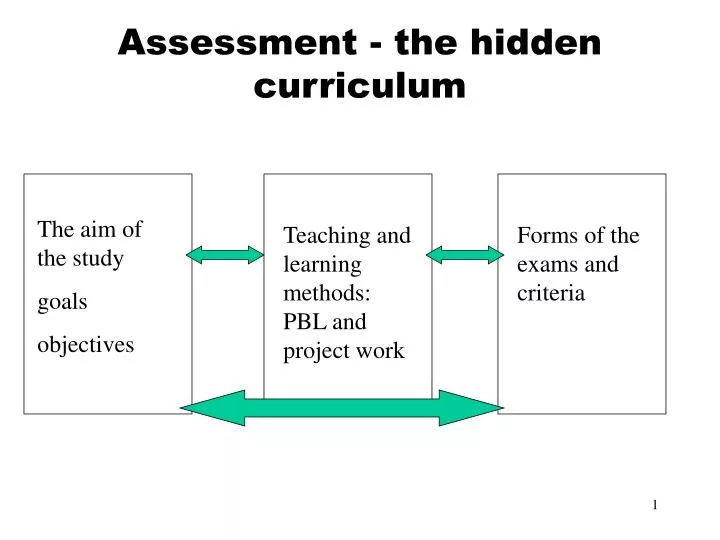


School leaders have to be completely committed to providing their students with the social, emotional and behavioural skills they will need to be personally and professionally fulfilled in the future. The challenge for senior leaders is to create the conditions for this hidden curriculum to flourish. What schools do have is an inexhaustible supply of energy and inventiveness, among both staff and students. But how much time should be spent teaching these qualities? To produce a Dorniden in chemistry, history or English literature requires time and money, neither of which schools have in abundance. It is part of the “hidden curriculum”: that non-prescribed area of learning that all schools have. For that reason alone, character education should play a part in every school’s approach to learning. To underline this, late last year the Organisation for Economic Cooperation and Development (OECD) announced that it was carrying out a new study to assess students’ social and emotional skills, specifically examining the link with educational outcomes, among other areas.Īll would probably agree that being able to metaphorically pick yourself up is a valuable skill. However these abilities develop, they are increasingly being seen as on a par with academic skills. There are school chains that have organised themselves around the central importance of character, including KIPP schools in the US and Floreat in the UK.įor some, character is “taught not caught” for others, the opposite is true.

Many prominent figures write and speak about the importance of these kinds of qualities. Somewhere behind Dorniden getting up was a teacher willing her on during the times when the easiest thing would be to give up.
PHILIP JACKSON HIDDEN CURRICULUM HOW TO
When I watch her, I think that anything that is done so instinctively has been learned and worked on, and it is that attitude of mind - the willingness to focus on how to respond when things go wrong - that can make the difference. But I think that focuses too much on the final outcome - the winning of the race.įor me, the really interesting point is not how Dorniden managed to win (she was more determined, and clearly faster, than her fellow racers) but how quickly she picked herself up. Pupils talk about how Dorniden’s attitude is the perfect embodiment of the “never-say-die” mentality that can often make the difference between success and failure. I’ve shown it in class myself and most students are (understandably) impressed.

The film is of the Big Ten Indoor Track Championships, and shows an athlete named Heather Dorniden going on to win a 600m race after falling over two-thirds of the way through. Many teachers wanting to illustrate the importance of resilience have turned to a particular clip on YouTube from 2008. Not only do these help prepare students for life after school but they can also promote a positive attitude while they’re in it, as well as improving academic performance. Now, however, there is a growing awareness of the importance of social and emotional skills. In the past, schools have been accused of focusing on academic skills to the exclusion of all else.


 0 kommentar(er)
0 kommentar(er)
